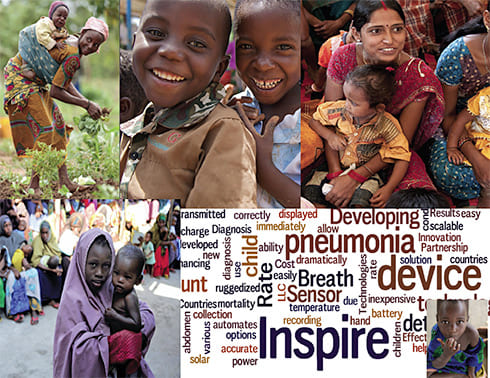Cibersalud: Sensores de bajo coste para la detección precoz de enfermedades infantiles
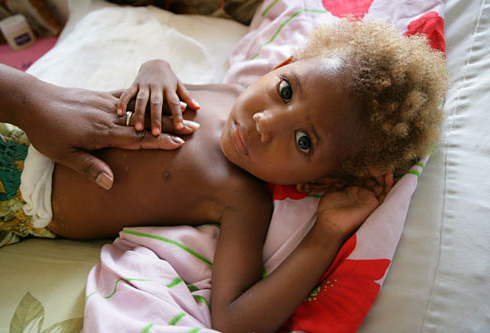
Un ejemplo de nuestros inicios: esta solución ya no forma parte de nuestro catálogo, pero fue clave en nuestro aprendizaje y evolución hacia una tecnología más inteligente y comprometida.
En Libelium exploramos en su día el potencial de las tecnologías eHealth para mejorar el bienestar de las personas mediante sistemas innovadores basados en IoT. Aunque actualmente no trabajamos en esta línea, sigue siendo un capítulo valioso de nuestra historia.
Hoy seguimos diseñando soluciones con impacto positivo en la calidad de vida, ahora a través de gemelos digitales medioambientales que ofrecen datos hiperlocales y en tiempo real para facilitar la toma de decisiones en ciudades inteligentes, salud pública, sostenibilidad y otros ámbitos clave.
Nuestra misión sigue intacta: aprovechar el poder de la tecnología para mejorar el planeta y la vida de quienes lo habitan. Hemos evolucionado, pero mantenemos la misma convicción y propósito.
La neumonía es la primera causa de mortalidad infantil en el mundo, con 2 millones de muertes al año. Cada 20 segundos muere un niño, por lo que la neumonía contribuye significativamente a la mortalidad neonatal en los países en desarrollo, más que el sida, la malaria y el sarampión juntos.
La enfermedad es tratable y prevenible, pero la clave es una detección precoz precisa.
Para reducir la mortalidad infantil debida a infecciones respiratorias agudas (IRA), el Smart Object Sensing Array inventado por Guardit y licenciado por Inspire Living Inc. contrató a la ONG mundial Project HOPE para crear un dispositivo que ayude a detectar eficazmente la taquipnea, un indicio de neumonía en los niños, basado en la plataforma de sensores e-Health de Libelium.
Inspire Living desarrolló un dispositivo sensor de la frecuencia respiratoria infantil (Inspire™) a partir de un trabajo pionero en la detección inteligente de objetos y el reconocimiento de patrones de objetos. Diseñado para su uso por trabajadores sanitarios comunitarios que deben determinar con precisión la frecuencia respiratoria de los niños como parte del diagnóstico de la neumonía, INSPIRE es un dispositivo electrónico automatizado que satisface las especificaciones de UNICEF para productos globales.
Una plataforma asequible de creación de prototipos para la sanidad electrónica
Crear nuevas aplicaciones sanitarias o dispositivos médicos exige acceder a plataformas de creación de prototipos que antes eran muy costosas de obtener, lo que limitaba el desarrollo a laboratorios de investigación o empresas bien financiadas. "Uno de los retos de la innovación en salud electrónica ha sido la falta de sensores asequibles. Había que hacer una inversión enorme incluso antes de saber si el proyecto era viable. Por eso desarrollamos la Plataforma de Sensores e-Health", afirma Alicia Asín, CEO y cofundadora de Libelium. "Cuando ves todo lo que se puede conseguir con una plataforma de prototipado barata como la nuestra, hace que merezca la pena que los makers cambien las cosas".
Inspire Living construyó los prototipos INSPIRE utilizando la plataforma de hardware de sensores de salud electrónica de Libelium. "Libelium dio en el clavo con su e-Health Sensor Platform Kit. Con él, teníamos disponible el núcleo de lo que necesitábamos para poder añadir nuestro valor y centrarnos en nuestra solución. Libelium desarrolló la base en software para que pudiéramos construir sobre ella; tenían la compatibilidad y conformidad de hardware para que otros pudieran entender y referenciar nuestra solución, y aceptar nuestras decisiones de diseño más fácilmente", dijo Michael Script, cofundador de Inspire Living. "Resumiría el impacto de trabajar con el uso de los productos, servicios, soporte y foros de Libelium como un cambio de juego".
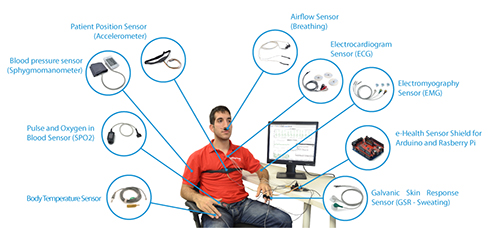
Figure 1: The e-Health Sensor Platform with its array of sensors, electronics and software APIs
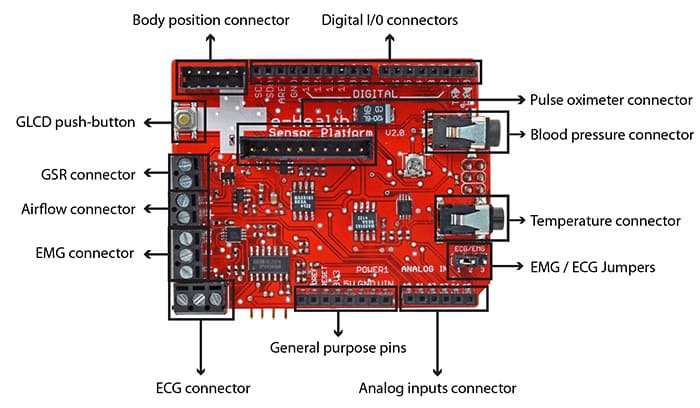
Figura 2: Vista superior de la placa del sensor e-Health
Tras años de desarrollo y cientos de iteraciones, Inspire Living, una empresa de innovación especializada en la detección inteligente de objetos con notificación portátil, estaba a punto de lanzar un nuevo sistema de sensores para contar la frecuencia respiratoria destinado a los países en desarrollo. Habían patentado un sensor y conseguido un material especial que podía adherirse a la piel de un niño para mantener el dispositivo en su sitio. Habían creado iconos fáciles de leer para poner en marcha el dispositivo y mostrar el número de respiraciones contadas; habían ideado una forma de cargar manualmente el dispositivo para que tuviera autonomía, para utilizarlo en lugares donde escaseaban las pilas y la luz solar. Por fin listos para mostrar el dispositivo al mundo, se dispusieron a demostrarlo al Organización Mundial de la Salud (OMS), UNICEF, USAID, el Proyecto HOPE y el Fundación Gates.
Mientras la empresa se preparaba para reunirse con las organizaciones no gubernamentales (ONG)El cofundador de Inspire Living, el inventor Michael Script, recibió la llamada de un amigo que tenía una aplicación móvil capaz de contar la frecuencia respiratoria. Script tuvo que probarla. Probó la frecuencia respiratoria con la aplicación para smartphone, la comparó con las lecturas de su propio sensor y, en el proceso, descubrió un nuevo parámetro a tener en cuenta, uno que se había pasado por alto anteriormente. Script lo dejó todo para dedicar las dos semanas siguientes a redactar otra solicitud de patente para un dispositivo completamente nuevo, con una importante diferencia. Aquellas pruebas improvisadas le habían convencido de que era necesario un enfoque totalmente nuevo del problema para garantizar la precisión en todas las situaciones.
Precisión de las pruebas de frecuencia respiratoria
En los países en desarrollo, los trabajadores humanitarios y los profesionales médicos utilizan cuentas y cronómetros para medir la frecuencia respiratoria, lo que puede dar lugar a diagnósticos erróneos por contar de menos o de más. Un niño en movimiento, las dificultades para recordar el recuento o las distracciones durante el mismo son factores citados por UNICEF como impedimentos importantes para realizar recuentos precisos de la frecuencia respiratoria.
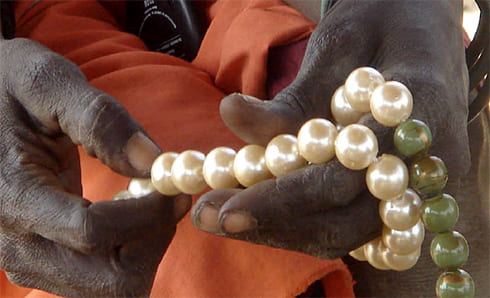
Figura 3: Contar las respiraciones con cuentas y cronómetros es habitual en el mundo en desarrollo
Script comprendió los factores que complicaban la situación. "El problema de obtener lecturas precisas mientras se controla la frecuencia respiratoria es que el cuerpo se asienta, y mientras se asienta de una posición a otra la frecuencia respiratoria se ve afectada. El mero hecho de hablar puede reducir la frecuencia respiratoria a 7 ppm. Si el cuerpo se está asentando, nunca se sabe cuándo se ha estabilizado finalmente para realizar un recuento de la respiración. Se necesita un sistema digital modificado con un algoritmo que compense esta anomalía respiratoria", afirma Michael Script, inventor y cofundador de Inspire Living.
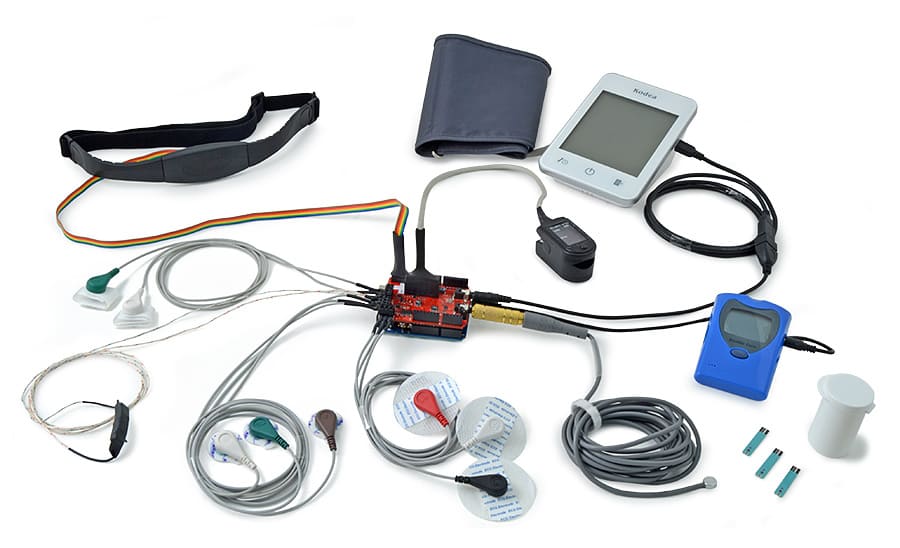
Figura 4: Kit de sensores e-Health: una plataforma de seguimiento médico que combina 10 sensores diferentes
Script, un inventor con una larga trayectoria, descubrió que Libelium había desarrollado una plataforma de sensores e-Health que integraba una serie de pruebas de salud diferentes realizadas en un solo dispositivo, disponible a través de la división de hardware DIY de Libelium, en el sitio web Cooking Hacks. La plataforma de sensores e-Health incluye un espirómetro, un pulsioxímetro, sensores para medir la tensión arterial, la temperatura, la posición corporal y puede monitorizar una serie de parámetros biométricos.
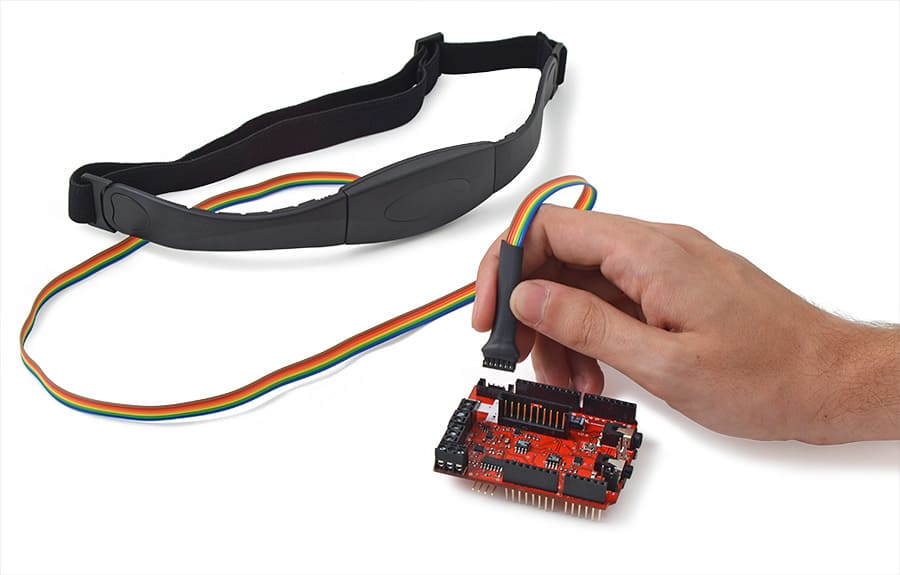
Figura 5: Sensor de posición del paciente - Acelerómetro
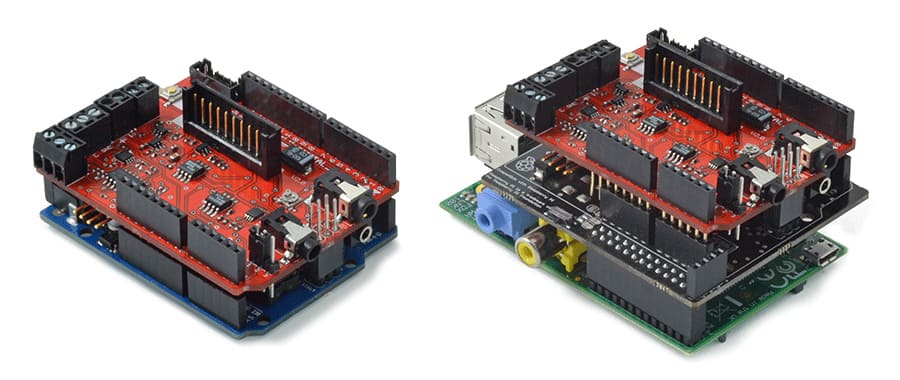
Figura 6: Escudo del sensor e-Health sobre Arduino (izquierda) y sobre Raspberry Pi (derecha)
Tras recibir la plataforma de sensores de salud electrónica de Libelium, Script montó un nuevo sistema y empezó a probarlo. A los pocos días quedó claro que se necesitaría la información de más de un sensor. Script y su equipo empezaron a unir las entradas de los demás sensores, vinculando la posición corporal y la frecuencia cardiaca a la frecuencia respiratoria. A continuación, añadieron la respuesta galvánica de la piel a la posición corporal y la temperatura a la frecuencia respiratoria. Y, tras desarrollar varios algoritmos, el equipo de Inspire encontró lo que buscaba. Podían contar con precisión la frecuencia respiratoria.
Requisitos iniciales: del prototipo a los ensayos clínicos
El equipo de Inspire integró su sensor con la plataforma de sensores de salud electrónica Libelium para desarrollar un sistema de diagnóstico más sofisticado para clínicas y profesionales sanitarios de países en desarrollo. Llevaron el nuevo dispositivo a una reunión en Nueva York de las ONG más importantes. "Como era de esperar, la mayoría se quedó muda con nuestra presentación. No daban crédito", afirma Script. Tras varios ensayos clínicos, visitas a pediatras y neumólogos, más investigación clínica y mucha concentración "estamos listos para ayudar a los profesionales sanitarios a administrar el aliento de la vida", afirmó.
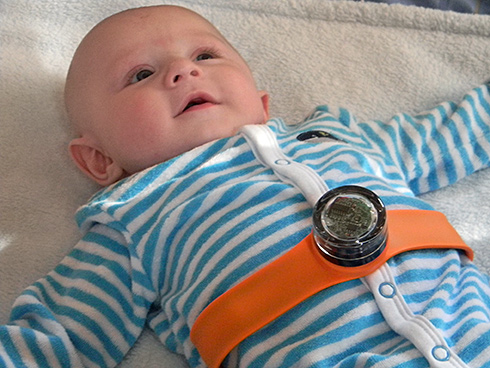
Figura 7: El dispositivo INSPIRE mide la frecuencia respiratoria para diagnosticar la neumonía en lactantes: un primer prototipo
Los requisitos iniciales de Inspire Living eran construir un mejor diagnóstico para los niños con neumonía en los países en desarrollo, que pudieran utilizar los auxiliares sanitarios sin estudios o con una formación médica limitada.
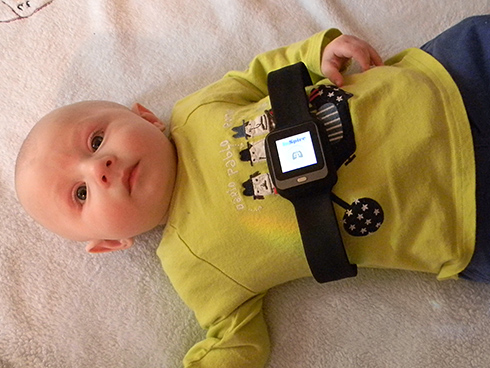
Figura 8: Demostración de la facilidad de uso de INSPIRE en las pruebas de cribado respiratorio
El dispositivo INSPIRE sustituye a los anticuados métodos utilizados hasta ahora por el personal sanitario. En la actualidad, la medición de la frecuencia respiratoria implica que enfermeros y médicos cuenten utilizando un cronómetro de minutos o incluso utilizando cuentas, métodos susceptibles de cometer errores y que podrían costar a un niño la posibilidad de recibir la medicina a tiempo.
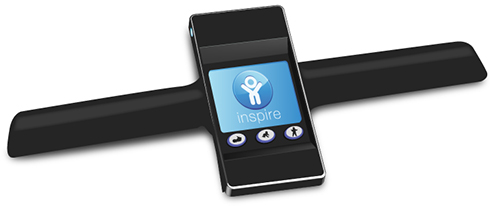
Figura 9: La prueba de frecuencia respiratoria puede realizarse en cualquier niño y en cualquier posición, sentado o tumbado.
El dispositivo INSPIRE mide los patrones de reconocimiento de la respiración con un algoritmo que analiza los datos y muestra la información para que pueda ser leída fácilmente por personal de campo no cualificado. El dispositivo comprueba la frecuencia respiratoria en intervalos de 15 segundos y puede realizar varias pruebas en un intervalo de tiempo de un minuto, lo que permite al personal sanitario disponer de tiempo para observar otros signos de sufrimiento del paciente.
El personal sanitario coloca el dispositivo INSPIRE en el esternón del niño, contra la piel, y pulsa el botón de inicio; al final de la prueba emitirá un pitido y mostrará un recuento. La prueba puede repetirse para mayor seguridad. Una vez visualizada la frecuencia respiratoria, el aparato proporciona indicaciones de diagnóstico sobre la edad y la frecuencia respiratoria. El aparato registra la frecuencia respiratoria durante un minuto determinado. Para evitar errores, un chip del dispositivo almacena los datos, que pueden transferirse a un dispositivo externo.
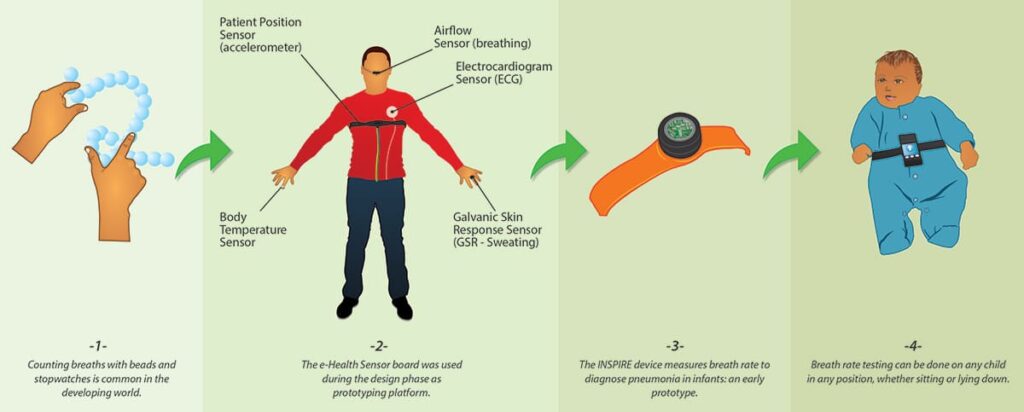
Figura 10: Evolución del dispositivo: del primer prototipo a la versión actual
Con INSPIRE, la empresa ha abordado muchas de las evoluciones del producto durante la creación de prototipos, y ahora ha contratado al Proyecto HOPE y otras ONG para que lleven las unidades sobre el terreno y traigan de vuelta los datos que necesitan para llevar el producto a mejores desarrollos. Los ensayos clínicos están en curso. Los resultados de los ensayos sobre el terreno estarán disponibles a partir de junio de 2014.
